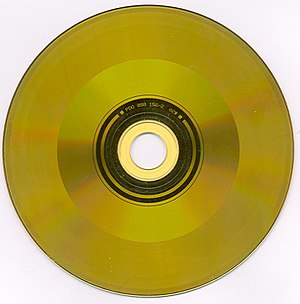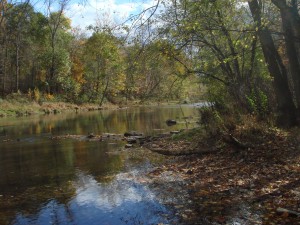
- Image by Getty Images via @daylife
Although it is based out of Ohio, to a Pittsburgh resident, The Exchange might as well be a local institution, with a number of stores scattered about the region: there are stores located in the North Hills, Squirrel Hill, Dormont, Monroeville, Robinson Towne Center, and downtown Pittsburgh (actually, two locations downtown, not far from each other). In my opinion, the Monroeville location is tops in all regards; it has the largest selection, easiest parking, and space to move around (some stores, particularly the location downtown by Market Square, are slightly cramped).
The procedure at The Exchange is slightly different than in most music stores; rather than containing rows of CD cases sans discs, the selections are locked in glass cabinets (in some stores, the $2.50 shelves are left unlocked, and the $1 titles are, in general, unceremoniously left in boxes on the floor). Actually picking up a CD necessitates asking an employee to unlock the case. I’m not sure why this is considered much of a precautionary measure, because in most instances, the employee will simply walk away after opening the case, leaving the cabinet to be relocked at an indeterminate point in the future. The exception is for the cases that contain box sets; in those situations, one must request a specific title for inspection, and the case is relocked immediately after the selection is removed.
In general, most of the titles available at The Exchange are fairly well-known. I’ve seen a handful of artier titles littered amongst the shelves, but if you’re seeking out an ultra-rare import, I wouldn’t bank on finding it here. On the other hand, if you were just starting a Bruce Springsteen collection, The Exchange would be an excellent place to begin.
The discount section is always worth browsing through; some of the best bargains I’ve found have been located there (for example, the first Jane Siberry album, which goes on the Internet for upwards of $25, and then only when it’s available, was $2.50 at The Exchange when I found it). The discount shelves tend to be disorganized (the $1 boxes aren’t even offered the dignity of an attempt at alphabetization), but let’s be honest; that adds to the thrill of the physical music hunt and forces one to browse through all of the titles, rather than seeking out one or two specific items. Some of my favorite albums were impulse purchases made because I found an intriguing title offered for a buck or two (my favorite Suede album, “Head Music,” came to me for a dollar, even if it was the U.S. version impertinently credited to “The London Suede” due to legal issues).
In my experience, when it comes to buying your old CD’s, The Exchange offers very fair prices for a record store. You can probably sell your goodies for much more online, but if you don’t want to deal with that, it’s fairly painless to unload your shelf full of also-rans at the store. On average, I tend to get $2 per CD (obviously, less for titles that aren’t expected to sell very well and vice-versa). Years ago, when I first started patronizing The Exchange, they would buy literally anything that wasn’t scratched beyond repair. Now, with the CD downturn, they’re more liberal about rejecting offers…but that doesn’t mean you shouldn’t give it a shot. If there’s a CD or DVD that they won’t buy and you really want to get rid of it, I suggest donating it to your local library; it’s good for your conscience, and besides, if you tried to unload it at a larger chain store (Half Price Books, ahem), you might be lucky to get a dollar for a whole bag’s worth.
As of recent years, the focus has seemed to shift from CD’s to DVD’s and video games, as well as electronic equipment (.mp3 players, headphones, etc.). From the perspective of a music addict, this is not the happiest of developments, but for a gamer or movie buff, it would be worth investigating The Exchange.
Titles can be requested from other stores, normally with only a few dollars added to the price to cover shipping costs. It’s worth asking around if there’s a specific album you’re interested in, and if the store that has it is close enough, it might be wise to simply make the trip to that location to pick up the title in question.
One last note, regarding the price stickers on the cases that are impossible to remove without leaving remnants behind: although I’ve never tried this, an employee told me that an easy way to remove them without leaving any adhesive behind is to hold the label under a flame (preferably from a cigarette lighter) until it turns black, and then peel it off. This obviously might not be preferable for digipacks, but then, I’ve never let faulty cosmetics interfere with an otherwise great bargain.





